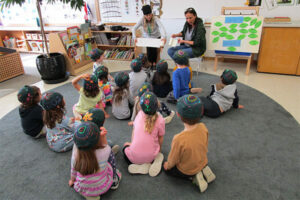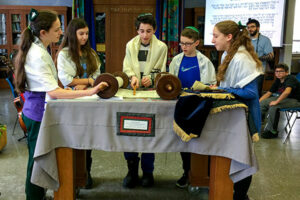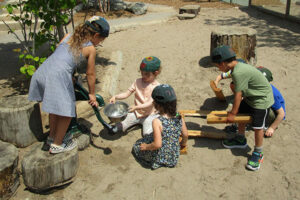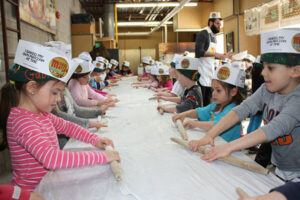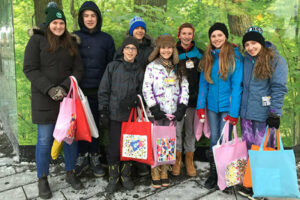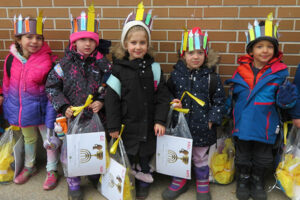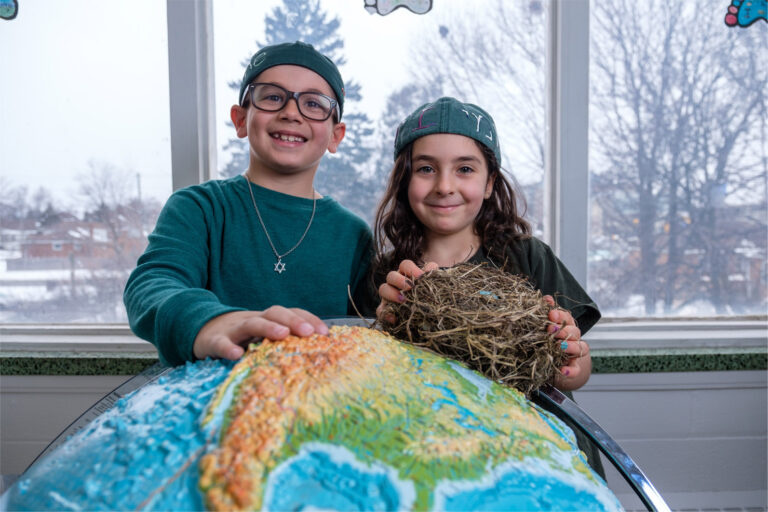The National Day for Truth and Reconciliation reminds us of the importance of the connection between land, language, and community, and the consequences that arise when those connections are severed. On October 2, each class spent time learning about Truth and Reconciliation in an age-appropriate way.
To begin, our students learned the significance behind why we wear orange shirts on September 30th; the orange shirt is a symbol of something that was taken away, and the date coincides with the beginning of the school year, a time when many children were taken to residential schools. The orange shirt is a reminder to us that for many Indigenous people of Canada, things were taken away: their land where they lived was taken away; their language was taken away; even some of their children were taken away. Older students learned that Indigenous children were taken to residential schools where they were separated from their family, community, land, language, and customs.
Students engaged in age-appropriate conversations about how it feels to have something important or sacred taken away, and how it might feel to be separated from the people, places and things that make you feel happy, loved, and connected to your community. Older students learned that, like Indigenous peoples, Jewish people have also experienced the severing of our connection to our land, language, and community many times in our history.
This week, we read Parashat Bereshit, which teaches us that God created the earth – the water, the land, the plants, stars, moon, and sky, and all the animals – and gave it to us as a gift to take care of. Our students learned that Indigenous people, too, have stories about how the world was created and lived in harmony with the land for centuries. Like us, they believe that it is very important for human beings to respect and care for the land. Students spoke about land stewardship, and our personal responsibility to care for our planet.
To honour, remember, and respect, and as a gesture of friendship with Indigenous people, each student created a visual representation of their learning about the connection between land, language, and community. Students traded words from each other’s languages using their hands.
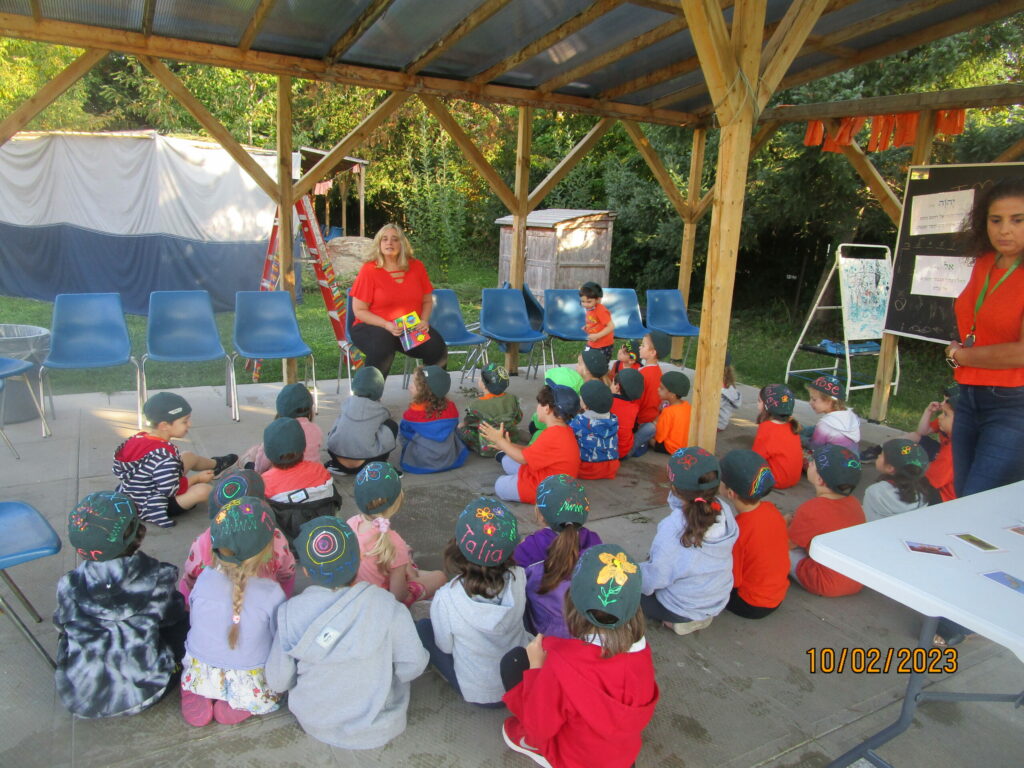
About This Column
“Through the Classroom Window” is an opportunity for teachers to share the inspiring learning that takes place in their classrooms, giving others a glimpse into the heartbeat of the school.
Browse Column Archive
